The challenge of packing for multiple climates while maintaining a light, manageable luggage setup has frustrated travelers for generations. Moving between dramatically different environments—from tropical beaches to mountain heights, desert heat to urban winters—traditionally meant overpacking or sacrificing preparedness.
Here is a list of 20 proven strategies that allow modern travelers to navigate diverse climates without the burden of excessive baggage. These strategies combine smart packing techniques with versatile gear choices.
Embrace Layering Systems

The foundation of multi-climate packing relies on thin, complementary layers rather than single, heavy pieces. A technical base layer, lightweight insulating mid-layer, and packable weather-resistant outer shell combine to handle temperatures from 30°F to 70°F when worn together or separately.
This three-piece approach replaces multiple climate-specific jackets, creating tremendous versatility from minimal pieces while occupying roughly the same space as one bulky sweater when compressed properly in your luggage.
Invest in Merino Wool
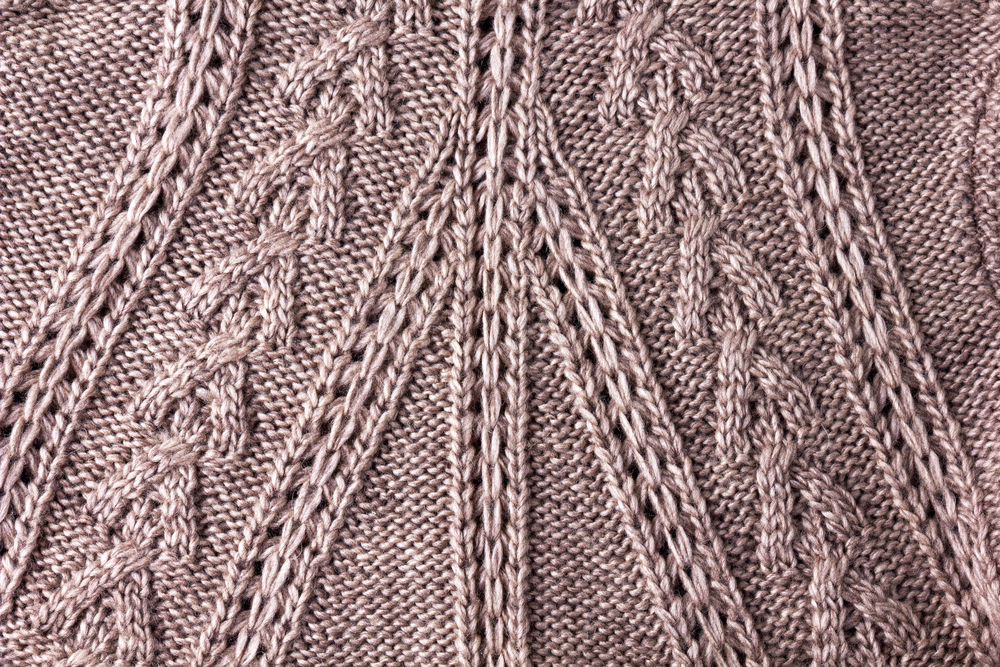
This remarkable natural fiber regulates temperature across surprising ranges, remaining comfortable in both warm and cool conditions, unlike synthetic alternatives. Merino t-shirts can be worn comfortably through desert afternoons yet provide meaningful warmth under a light jacket in chilly evenings.
The material’s standout benefit for travelers comes from its remarkable odor resistance, allowing multiple wears between washes. Three merino shirts perform like six conventional ones for extended trips through regions with limited laundry access.
Like Travel Pug’s content? Follow us on MSN.
Choose Convertible Clothing

Select pieces explicitly designed to transform between climate-appropriate options, like zip-off pants that convert to shorts or button-up shirts with roll-tab sleeves. Though historically associated with purely utilitarian aesthetics, modern travel clothing companies now create convertible pieces with improved styling suitable for both outdoor adventures and urban settings.
These adaptive garments effectively double your wardrobe options while adding zero additional packing volume, creating significant efficiency for trips spanning hot days and cool evenings.
Pack Clothing That Dries Overnight
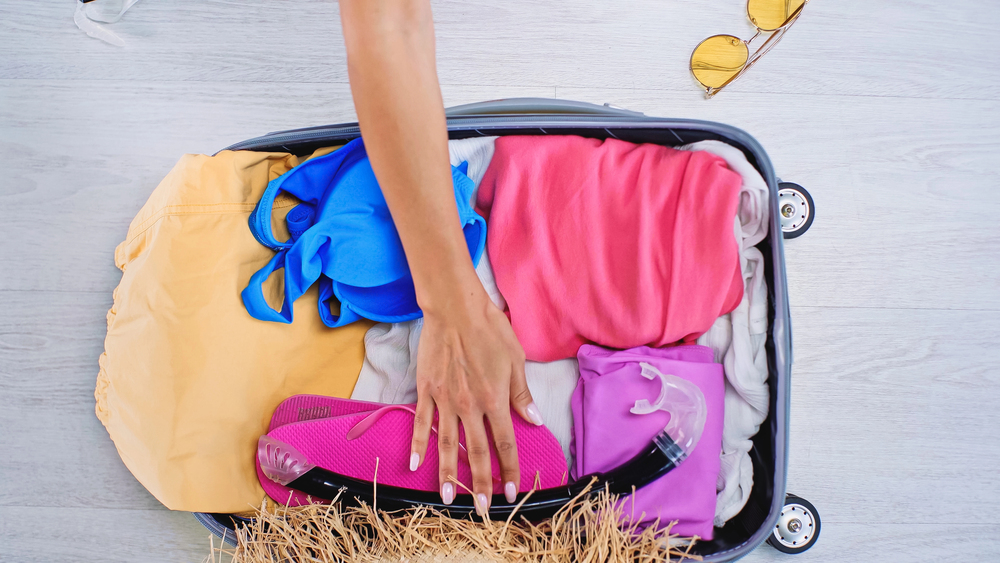
Quick-drying fabrics enable sink-washing during overnight stays, dramatically reducing the total number of clothing items needed across extended trips. Synthetic blends or specialized travel fabrics typically dry within 4–8 hours in average hotel conditions, compared to 24+ hours for conventional cotton.
This practical approach allows you to maintain cleanliness with just 3–4 outfits regardless of trip length, making particular sense when transitioning between humid tropical environments and drier, cooler regions where different laundering challenges exist.
Standardize Around Core Colors
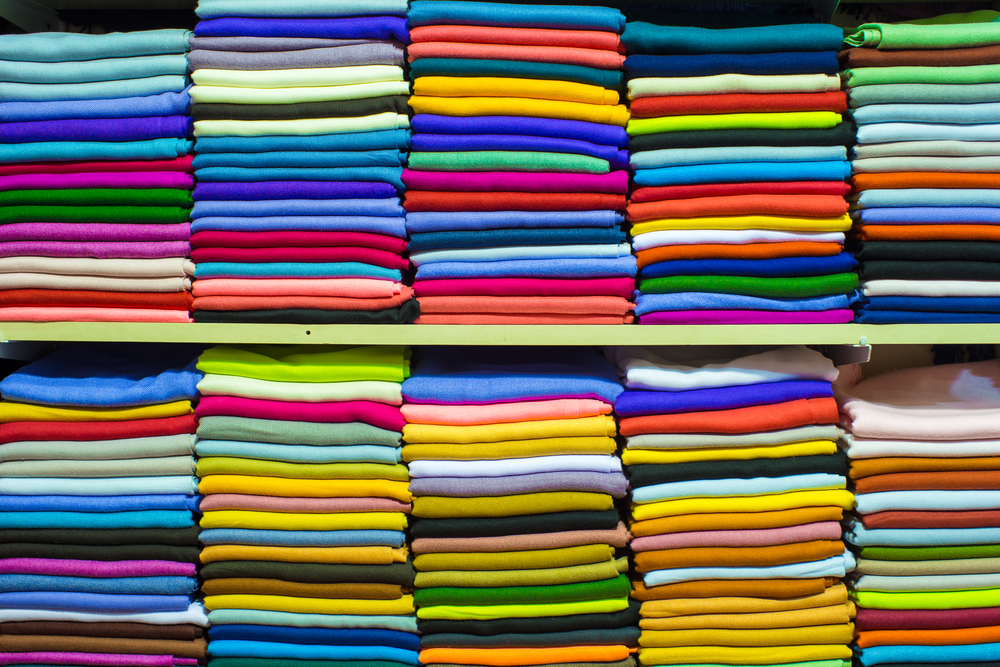
Building a travel wardrobe around a limited complementary color palette ensures any combination of packed items works together visually. Focusing on neutrals (black, navy, gray, khaki) with perhaps one accent color maximizes outfit permutations from minimal pieces.
This approach means five tops and three bottoms create fifteen distinct outfits rather than appearing as obvious repeated wearing of limited clothes. This is particularly valuable when social media documentation makes repeated outfits more noticeable than in previous travel eras.
Like Travel Pug’s content? Follow us on MSN.
Prioritize Packable Down

Ultra-lightweight down jackets provide remarkable warmth while compressing to the size of a small water bottle, making them ideal for trips to colder destinations. Modern hydrophobic down treatments address traditional concerns about performance in damp conditions, maintaining insulation even with moderate exposure to humidity.
These technical pieces weigh 7–12 ounces yet deliver warmth equivalent to bulky sweaters weighing three times as much, creating the most favorable warmth-to-weight ratio for travelers facing space constraints.
Embrace Multi-Purpose Footwear
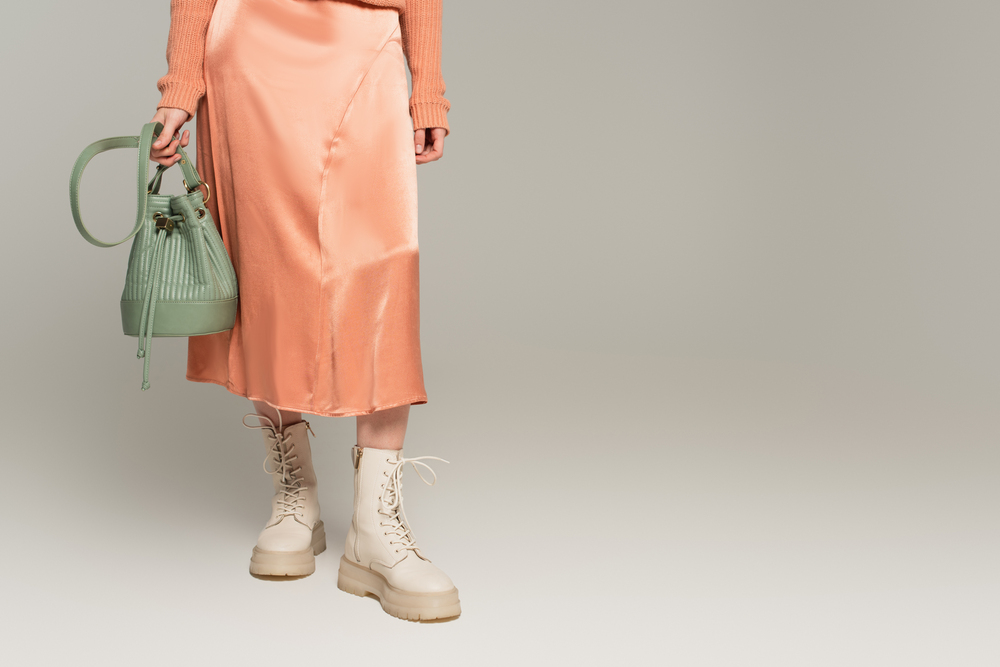
Select versatile shoes appropriate for multiple activities and conditions rather than activity-specific options. Modern travel-oriented footwear often combines the support and traction of light hiking shoes with styling acceptable in casual urban settings.
Waterproof-breathable membranes offer protection in rainy conditions without overheating in warmer weather. This makes a single pair viable across remarkably different environments when coupled with appropriate sock choices for temperature regulation.
Consider Compact Accessories for Extremes
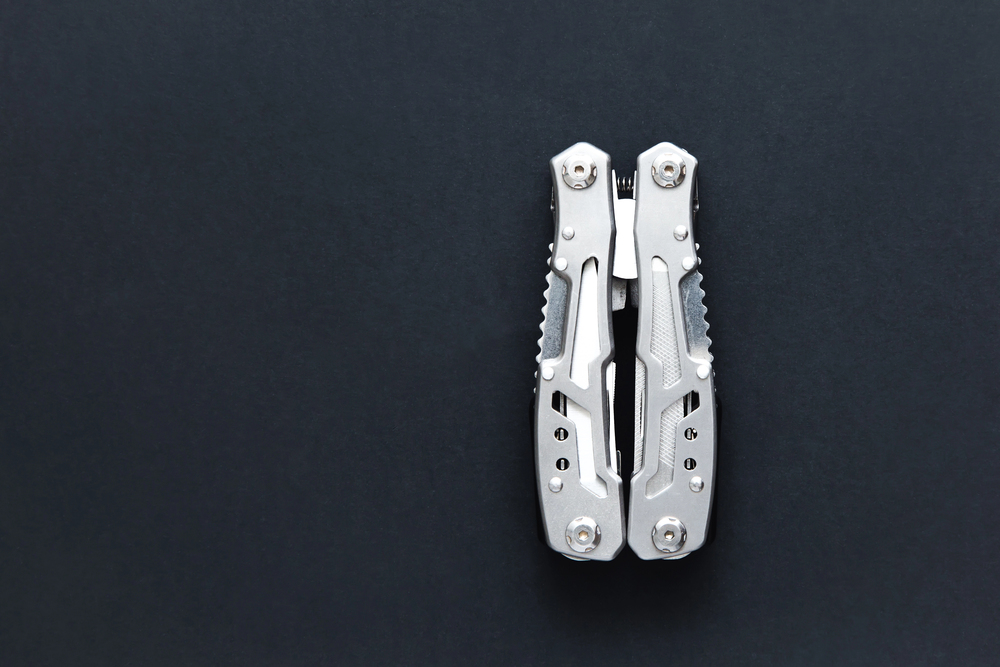
Small, lightweight accessories extend your clothing’s functional range into more extreme conditions. Packable wide-brimmed hats, lightweight gloves, and compact neck gaiters occupy minimal space yet dramatically increase comfort in severe weather.
These targeted additions allow your core clothing collection to handle a broader climate range without complete wardrobe changes, functioning as system extenders rather than standalone solutions for extreme weather at either end of your climate spectrum.
Like Travel Pug’s content? Follow us on MSN.
Use Compression Techniques

Proper compression methods extract air between clothing layers, reducing packed volume by 20–30% compared to conventional folding. Rolling softer items, folding structured pieces, and using compression packing cubes creates systematic organization while minimizing wasted space.
This approach allows fitting climate-appropriate options for dramatically different environments within standard carry-on dimensions, eliminating checked baggage even for extensive trips through multiple climate zones spanning 50°F+ or more temperature differences.
Leverage Accommodation Laundry Options

Research accommodation laundry facilities before departing, allowing strategic planning around washing opportunities. Many hotels offer overnight services, while apartment rentals typically include washers.
Building your itinerary with awareness of these resources enables traveling with roughly half the clothing otherwise needed, which is particularly valuable when transitioning between climate zones where entirely different wardrobes might otherwise seem necessary. This approach works especially well when moving from hot to cold regions, as cold-weather clothing typically requires more packing volume.
Choose Versatile Accessories

Select accessories that serve multiple functions across different climates. A light cotton scarf provides sun protection in hot weather, warmth in cool evenings, modest coverage for religious sites, and can even serve as an impromptu picnic blanket.
Thermal buffs similarly transition between neck warmers, head coverings, and face protection depending on conditions. These adaptable pieces extend your preparedness without adding significant weight or volume to luggage already carefully optimized for multiple environments.
Like Travel Pug’s content? Follow us on MSN.
Leverage Local Purchasing

Research local markets along your route for climate-specific necessities available at reasonable prices, avoiding carrying rarely needed items for your entire journey. Many tropical destinations offer inexpensive sun hats and lightweight clothing, while colder regions typically provide accessible warm accessories.
This strategic approach applies especially well to bulkier seasonal items needed only briefly during transition periods between your primary destination climates, allowing you to purchase, use, and then donate these items rather than carrying them throughout the entire trip.
Utilize Lightweight Technical Fabrics
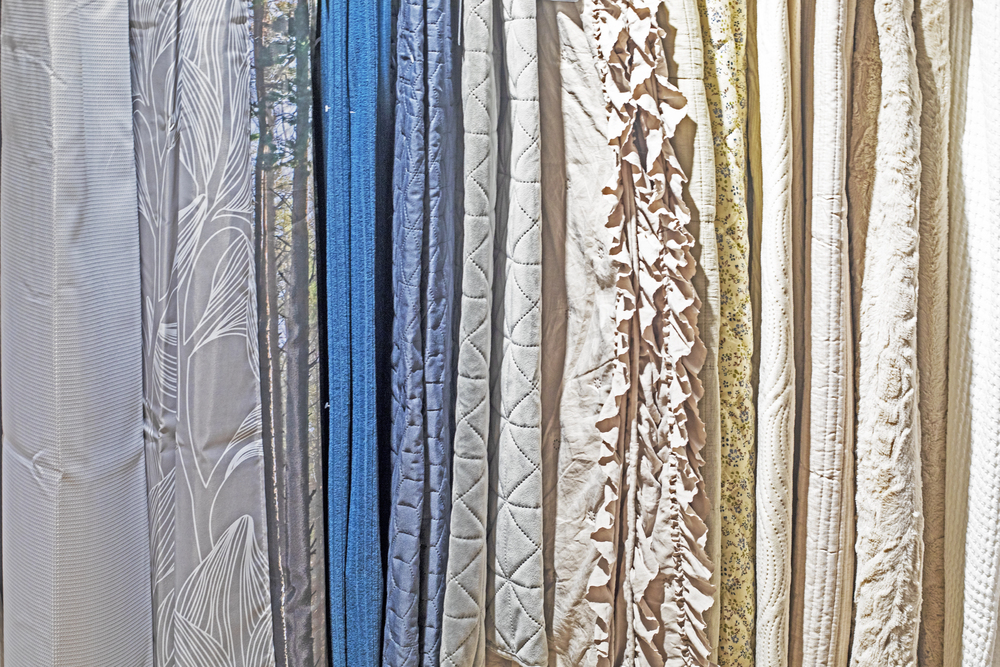
Modern technical fabrics provide exceptional performance-to-weight ratios compared to traditional materials. Rain jackets using current waterproof-breathable membranes weigh under 10 ounces yet provide complete protection from sustained rainfall.
Similarly, contemporary synthetic insulation delivers remarkable warmth with minimal thickness and weight. These purpose-engineered materials create fundamental advantages unattainable through packing techniques alone, establishing a higher efficiency baseline before optimization strategies further reduce your luggage requirements.
Favor Multifunctional Garments

Select individual clothing pieces designed explicitly to perform across various conditions. Reversible items provide different appearances from a single packed piece, while convertible designs adapt to changing environments. Modern travel clothing often incorporates thoughtful features like hidden security pockets, UPF sun protection, and insect-repellent treatments addressing multiple traveler concerns simultaneously.
These multifunctional approaches eliminate the need for separate specialized garments addressing specific environmental challenges commonly encountered when moving between diverse climate regions.
Like Travel Pug’s content? Follow us on MSN.
Plan Around Temperature Differentials

Research typical temperature ranges rather than averages at your destinations, understanding that daily fluctuations often exceed differences between neighboring climate zones. Desert locations frequently span 30°F between daytime highs and nighttime lows, while tropical coastal areas might vary just 10°F throughout 24 hours.
This destination-specific knowledge allows precise planning around the specific challenge points in your itinerary rather than overpacking for theoretical extremes that rarely materialize in practice at those specific locations and seasons.
Apply Hybrid Approaches for Extreme Transitions
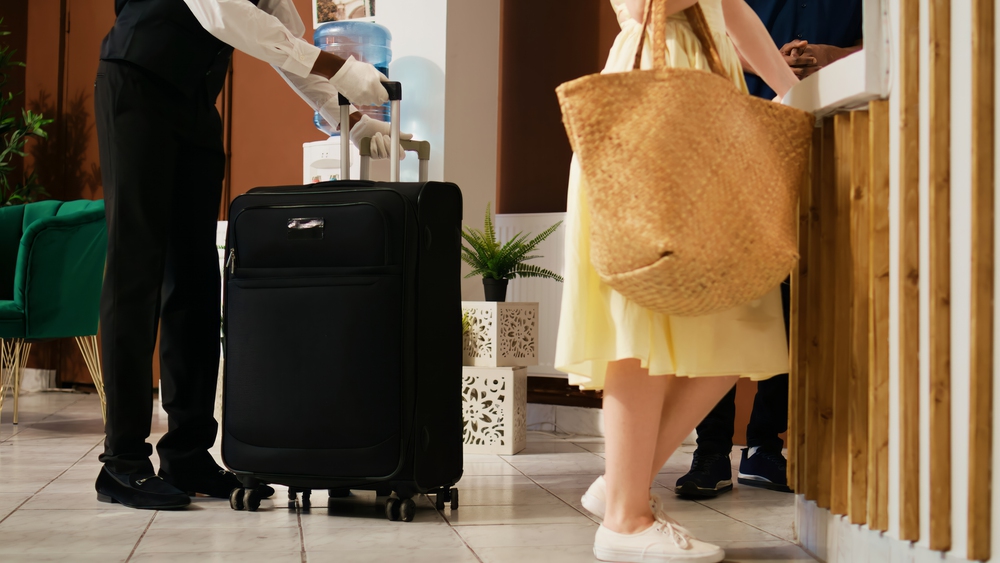
When facing truly dramatic climate transitions—like Arctic expeditions followed by tropical beaches—consider strategic shipping or storage solutions for the most specialized equipment. Many hotels will store luggage for returning guests, while international shipping services can forward seasonal equipment home when no longer needed.
This hybrid approach maintains the core principles of traveling light while acknowledging practical limitations when itineraries include genuinely extreme environment transitions requiring specialized gear with no multi-climate alternatives.
Leverage Lightweight Electronics

Modern electronics serve multiple functions while occupying minimal space in carefully planned luggage. Smartphones eliminate the need for separate cameras, maps, guidebooks, and entertainment devices. Lightweight tablets replace multiple books and magazines while providing crucial weather forecasting for climate transitions.
These multipurpose devices reduce overall bulk significantly compared to the individual items they replace, creating space efficiencies that help accommodate the additional clothing needed for multiple climate preparations.
Like Travel Pug’s content? Follow us on MSN.
Focus on Body-Mapped Warmth

Human bodies lose heat unevenly, with the core, head, and extremities requiring different levels of insulation. Ultralight items targeting these specific heat-loss zones—packable vests, compact gloves, merino beanies—provide targeted warmth where physiologically needed most while minimizing packing volume.
This strategic approach creates remarkably efficient temperature regulation per cubic inch of packed space, making dramatic climate transitions manageable without corresponding increases in luggage size typically associated with such diverse condition preparation.
Develop Personal Layering Formulas
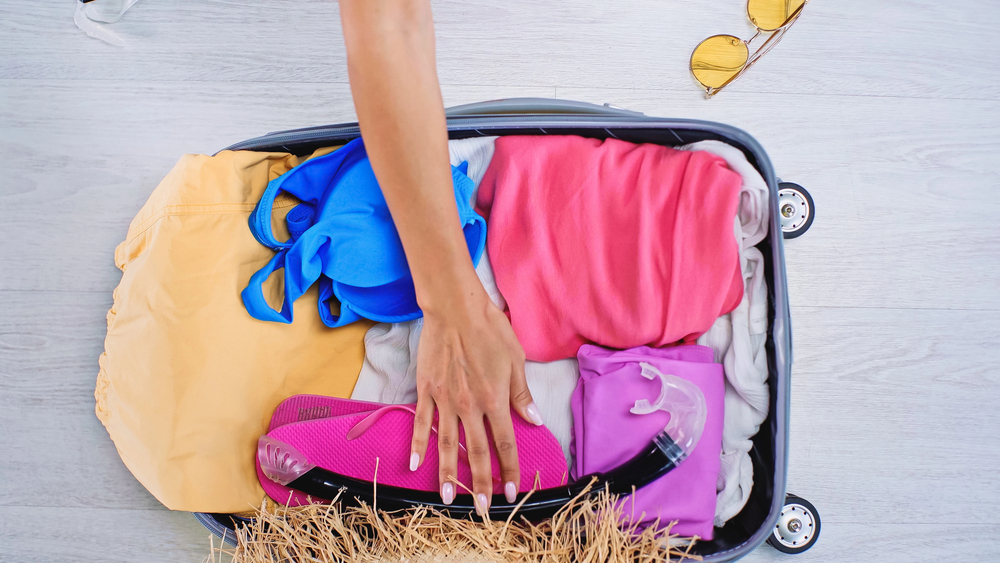
Through experience, develop personal layering systems matched to your individual temperature tolerance and activity levels. Someone who runs cold might need a thermal mid-layer at 60°F, while another person remains comfortable in just a light shirt at the same temperature.
Documenting these personal thresholds creates remarkably precise packing lists for specific destination climate patterns, eliminating both unnecessary items and uncomfortable shortfalls that might otherwise require emergency purchases when moving between dramatically different environmental conditions during your journey.
Separate Clean from Dirty
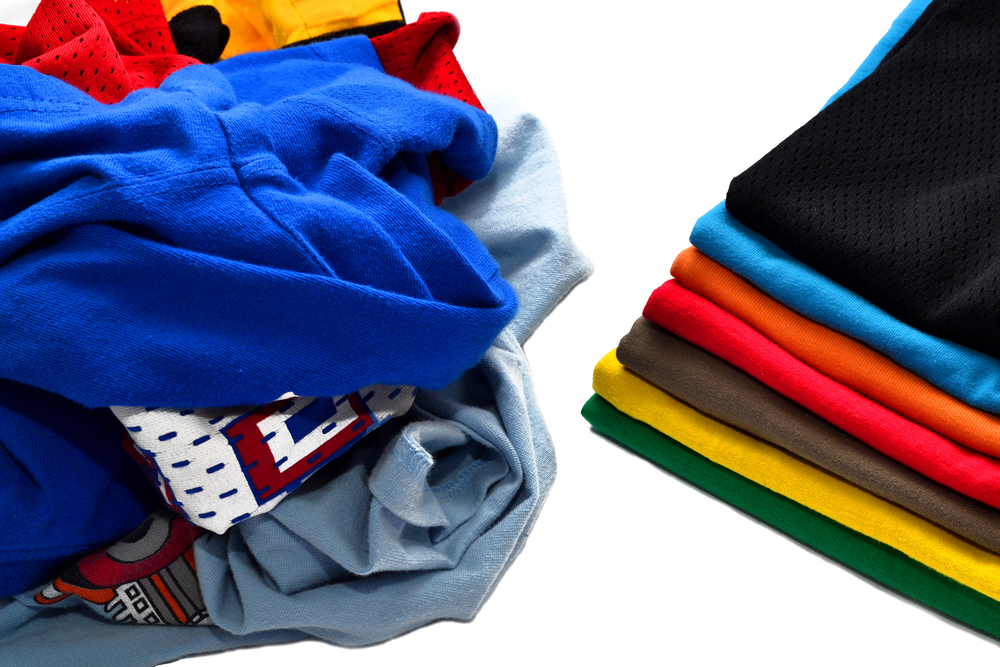
Implement systematic isolation between clean and worn clothing, preventing cross-contamination that often drives unnecessary overpacking. Dedicated dirty clothes bags with odor-containment properties allow storing worn items without affecting clean clothing, eliminating the common tendency to pack extra “buffer” items as insurance against whole-bag contamination concerns.
This practical approach extends the functional use of your carefully chosen wardrobe throughout longer journeys spanning multiple climate zones without requiring additional items beyond those needed for the actual environmental conditions.
Like Travel Pug’s content? Follow us on MSN.
Beyond Common Wisdom
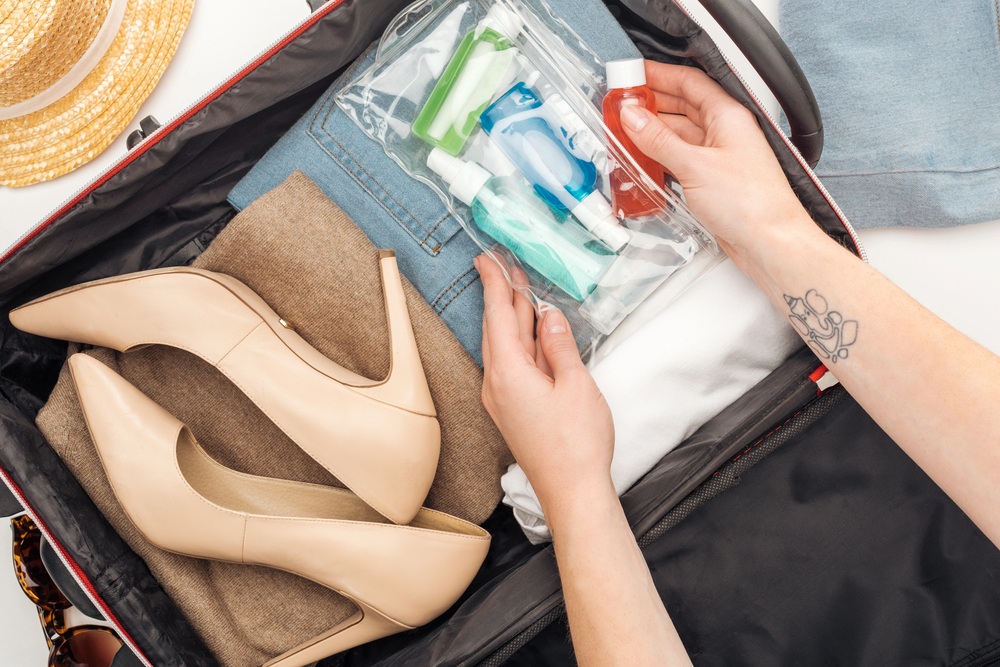
The most successful light packers simultaneously maximize versatility while minimizing redundancy, regardless of climate transitions faced during their journeys. Rather than viewing diverse climates as a packing challenge requiring twice the normal luggage, experienced travelers recognize these transitions as opportunities to refine their systems toward greater efficiency.
By thoughtfully implementing these proven strategies, even journeys spanning from tropical coastlines to alpine environments become manageable with modest carry-on luggage, eliminating both the physical burden of excessive bags and the mental weight of managing complicated wardrobe logistics across dramatically different conditions.
More from Travel Pug

- Cities Growing so Fast You Won’t Recognize Them in 10 Years
- 13 Destinations Where Tourists Regularly Regret Their Trip
- 16 U.S. Cities That Are Quietly Becoming Travel Hotspots
- Where to Travel If You Love Long Bus Rides and Daydreams
- 20 Cities Perfect for Solo Travelers Who Crave Adventure & Culture
Like Travel Pug’s content? Follow us on MSN.
